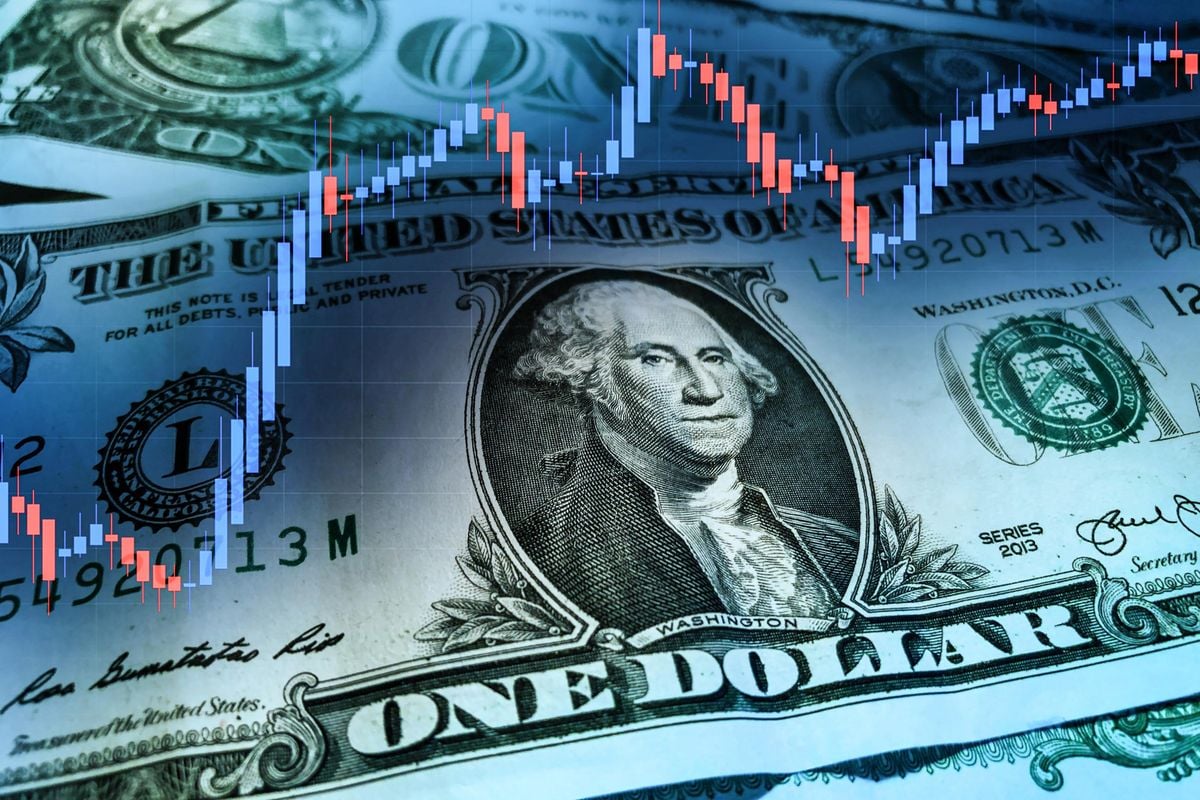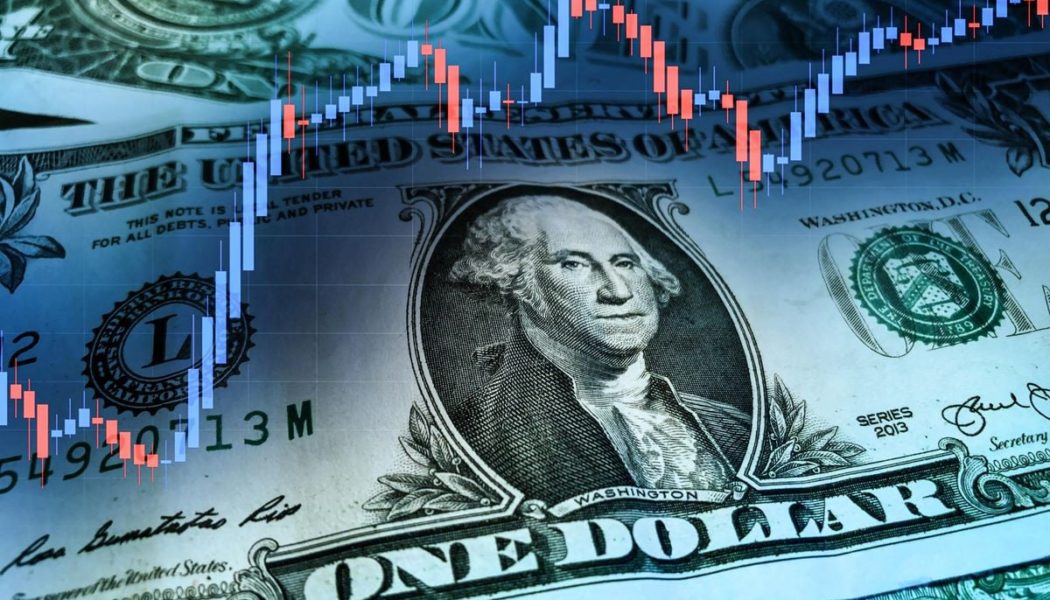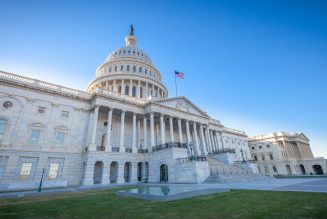
The outlook for Kenya’s stock market and the shilling has brightened after the US Federal Reserve gave its clearest signal yet of an interest rate cut next month, which would help reverse some of the foreign investor capital outflows to the US.
Kenya, like other frontier and emerging markets, has been seeing sustained foreign investor selling in its stock market since the US started hiking its rates in March 2020. The US base rate currently stands in the 5.25 percent to 5.5 percent range, a level last seen in 2001.
When rates are high in the US and other developed economies –seen as safe havens— investors sell off assets in riskier emerging and frontier markets like Kenya in search of higher and guaranteed returns.
This affects the weaker economies’ stock markets and currencies from the outflow of hard currencies.
Speaking last Friday, Fed chairman Jerome Powell said “The time has come for policy to adjust…the direction of travel is clear”. He added that the timing and pace of cuts would depend on incoming economic data —such as inflation and jobs growth.
The consensus among economists is that the rate cuts will begin in September after being delayed by sticky US inflation from earlier this year, with Mr Powell’s comments cementing this view.
The dollar has already shown signs of weakening against global currencies ahead of the expected rate cut. By Monday afternoon, the Kenya shilling was trading at a seven-week high of Sh128.90 to the dollar in the interbank market.
“If and when it comes, the impact on macros in different parts of the world will generally likely be positive. Declining interest rates always supports the overall macros and we expect that to be the case,” said Absa Bank Kenya chief executive officer Abdi Mohamed on Monday.
For Kenya, a US rate cut will give impetus to the Central Bank of Kenya (CBK) to continue gradually easing its own monetary policy without risking a weakening of the shilling against the dollar.
Following the last monetary policy committee meeting on August 6, central bank governor Kamau Thugge said that the CBK’s move to cut its base rate from 13 percent to 12.75 percent mirrored the decisions by major economies to lower their interest rates in response to easing inflationary pressures.
The CBK raised the rate from 9.5 percent to 13 percent between May 2023 and February 2024 to tame high inflation, and also to help correct the shilling’s exchange rate against the dollar after it hit an all-time low of Sh161 by the end of January 2024.
A higher base rate would make Kenyan financial assets such as infrastructure bonds more attractive to foreign investors, supporting the shilling’s exchange rate by increasing the supply of dollars in the local market.
The government also stands to gain from the lower US rates when looking to borrow externally. International lenders in issuances such as Eurobonds and syndicated loans normally use the US rates as the risk-free floor before adding the country risk premium for Kenya.
“As the advanced economies start to lower their interest rates, we hope that will reduce the cost of funding and emerging and developing economies can access international capital markets at reduced interest rates,” said Dr Thugge following the MPC meeting.
For the Nairobi Securities Exchange (NSE), capital outflows from the US in search for higher returns elsewhere would help reverse the net sales that have weighed against blue chip share prices over the last few years.
After reporting net inflows of Sh1.4 billion in 2019, the NSE recorded annual net foreign sales for the next four years, with the outflows totalling Sh84.58 billion between 2020 and 2023. In the first seven months of 2024, foreign investors made net sales of Sh490 million.








